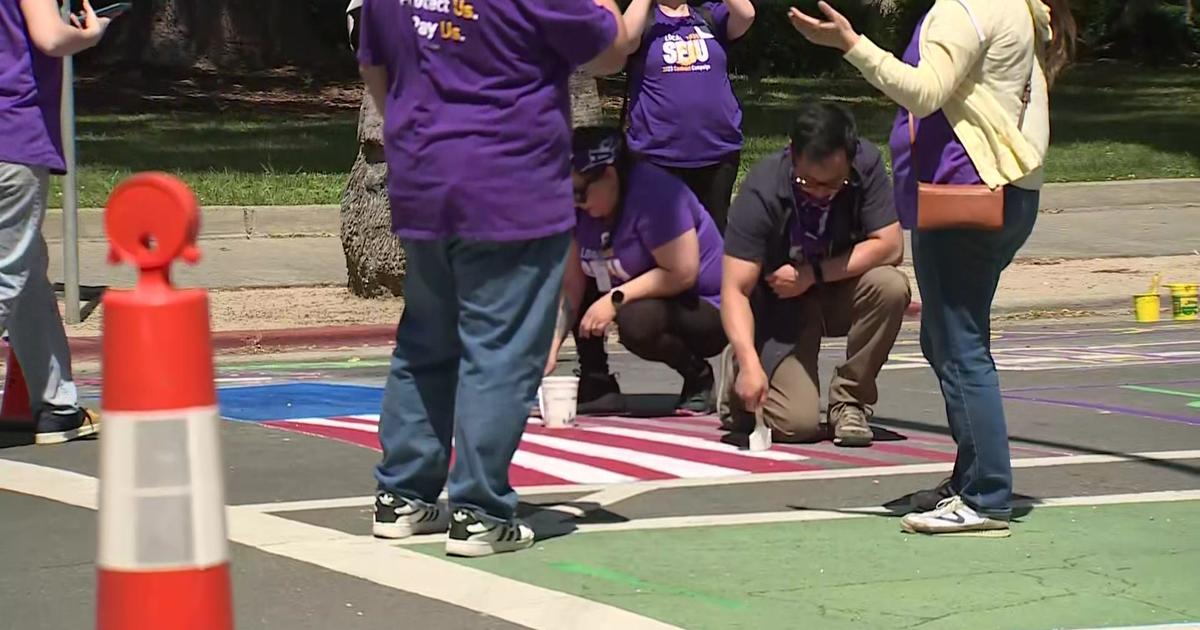Dying to save: two drownings this month by people trying to rescue their loved ones. Here's how to help safely.
SACRAMENTO -- It's officially the first weekend of summer and the Fourth of July holiday is right around the corner. As the weather heats up, more and more people will be hitting the lakes and rivers.
Already this season, numerous drownings on local rivers and lakes have been reported in waters that are faster and much colder than people are expecting.
It's different this year and can stun even the best of swimmers. Just two deaths on local rivers this month were by people dying to save someone they love.
Amari Quarles, 15, died on the Sacramento River trying to save his 13-year-old brother, Elijah, who was struggling in the water. And Stanley Rice, 81, drowned in the American River in El Dorado County, the second drowning in the county in a 24-hour span.
"Just with the force of the river and everything, a life jacket was just no match for that kind of current," said TJ Gardner, Rice's grandson.
Gardner says his grandfather was a record-holding swimmer who always put safety first.
"You weren't getting in the water around him if you didn't have a life jacket on," Gardner said with a laugh.
He has fond memories of going out on the lake with Rice, who, even in his 80s, would swim for eight hours at a time with no issues.
Still, he died in the river. He was swept under the fast-moving water trying to pull his girlfriend to safety after their raft got stuck in a current.
"She feels at fault, anyone in that situation would. But she's broken," said Gardner.
We set out for answers: What do you do if you're on the water and someone is drowning?
"Exercise some level of restraint. You can coach from the shore," said Parker Wilbourn of Sacramento Metro Fire.
Wilbourn says your first instinct should not be to jump in the water.
First, try to get them a life jacket if they don't have one. Use a stick or a branch to try and get it to them without jumping in the water yourself.
Second, tell them not to fight the current.
"Get on your back, have your head facing a 45-degree angle of the bank you want to go to, and put your arms out. That current is going to push you over gradually," said Wilbourn.
Call 911 for help immediately. When on the water, make sure a phone is accessible at all times and keep it in a waterproof bag.
"Coach that person, tell them, 'Hey, calm down. 911 resources are coming,'" said Wilbourn.
It's important to always know exactly where you are when on the water and how to tell rescuers where you are in case of an emergency. That means knowing what landmarks you are near. This is the fastest way to get help.
"It was pulling you, dragging you, tossing you and it was filling you with water immediately," said Yolanda Sashe.
Sashe watched her son Amari jump in the Sacramento River to save his 13-year-old brother who was trying to retrieve a ball when he began to struggle. She jumped in too, but for Amari, it was too late.
"That force, that pain you feel while you're walking every day. I still feel it right now -- like I'm still in the water and I have weight on my chest," said Sashe.
From dying to save, to a warning for others: put safety first in these fast and cold waters.
"Regardless of your confidence or in yourself or your safety equipment, when there are warnings on the rivers heed the warning," said Gardner.



